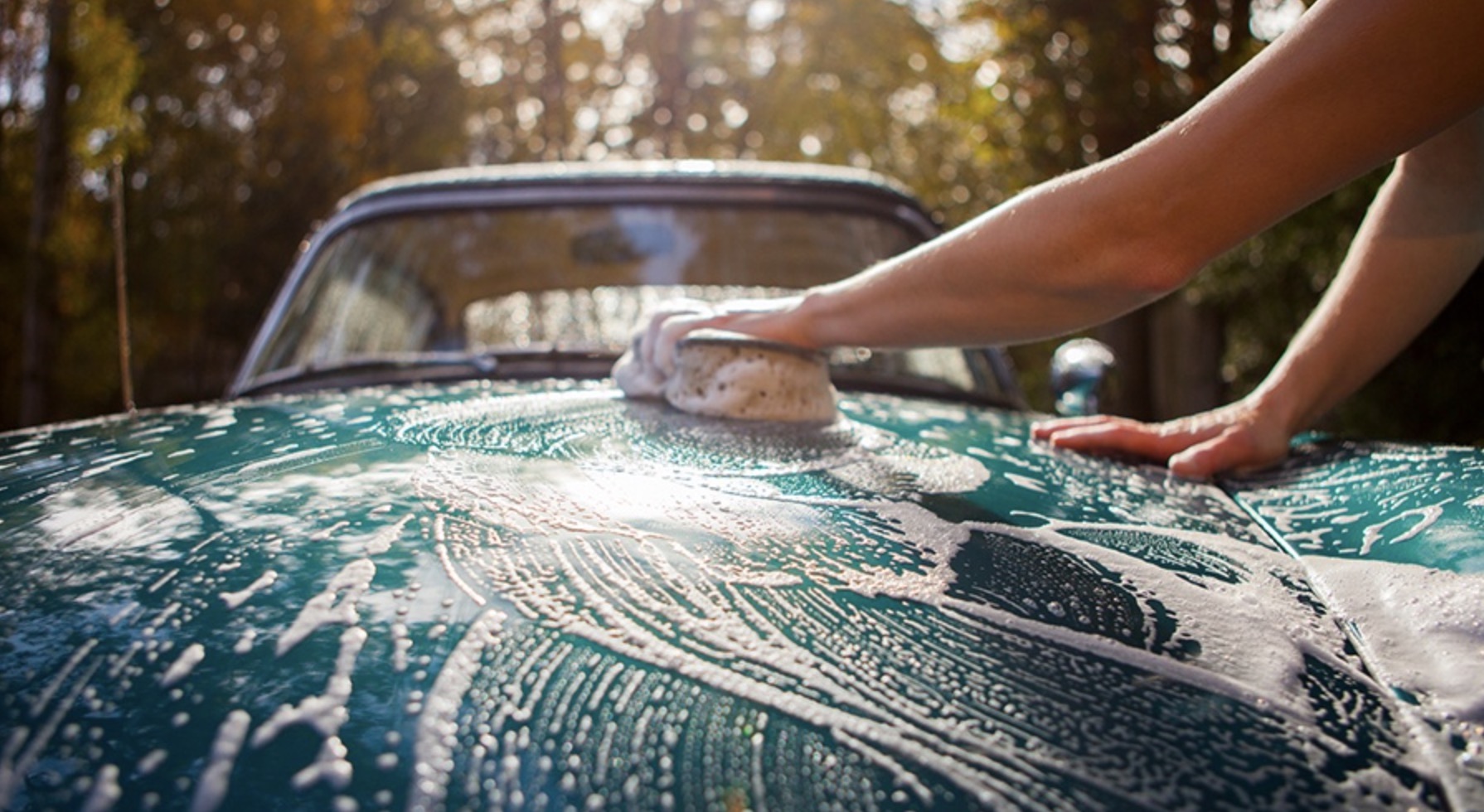It’s easy to get caught up in a busy lifestyle, which is why studies show that one in five Brits rarely clean their car. But if we knew the sheer number of bacteria living on surfaces and in the crevices of our car’s interior, cleaning our vehicles would most likely become part of a regular routine.
Professor John Wardfrom of the University College of London recently visited ATS Euromaster in Brixton to find out just how dirty everyday commuter cars really are. Eleven vehicles were put to the test as Ward and his students swabbed the interiors and incubated the results on agar plates.
What was discovered might surprise you, and in the article to follow we’re going to advise you on where to clean, and how to do it.
Where should we be focusing our cleaning efforts?
Cup holder
The cup holder was found to be the dirtiest area in the testing, in part because its cylindrical shape holds bacteria so well, and in part because we probably overlook it when we do give the cabin a once-over. Make this a priority.
Dashboard buttons
This area had a high concentration of bacteria, and perhaps it’s no surprise, as dashboard buttons are usually regularly touched during a car journey. Clean thoroughly.
Seat belt catch
This is another spot to watch out for. Un the ATS tests, it was found to be a ubiquitous source of contamination.
These areas, despite all the times they get touched, were relatively bacteria-free
Steering wheel
Despite the number of times hands come into contact with the wheel at the ten-two position, our cup holders, dashboard buttons and seat belt catch are more likely to be contaminated.
Door handle
The door handle is touched at least twice every car journey. Despite this, its smooth surface means it doesn’t retain a lot of bacteria.
Gear stick
Like the door handle, this area is smooth and doesn’t provide the best conditions for bacteria growth. It has a small surface, so despite being a frequent touch point, the gear stick isn’t a major concern.
What bacteria were found?
Staphylococcus aureus
Staphylococcus aureus lives on the surface of skin. It can cause skin infections, pneumonia and even bone infections.
H3: Bacillus mycoides and Bacillus subtilis
These bacteria are usually found in the gastrointestinal tract, as well as soil. They are generally harmless, although they can cause food poisoning.
Staphylococcus epidermidis
Prevalent on the skin and in the nasal passage, Staphylococcus epidermidis are largely harmless, although they can infect people with weaker immune systems.
Micrococcus luteus
Usually found on the skin, as well as in soil, dust, water and air, these bacteria aren’t harmful. Despite this, they have been linked to illnesses like septic arthritis and meningitis.
Due to agar plates being used, more minute types of bacteria were likely present but not identified. With this in mind, Professor Ward advises car owners to “clean your car as you would your home,” as often as once a month, and more regularly if children are getting in and out of the car. Children, experts note, can bring outside contaminants in, especially if they like playing sports outdoors.
Take a look at the ATS Germs in Cars campaign for the methodology used and additional information on the bacteria types present.






